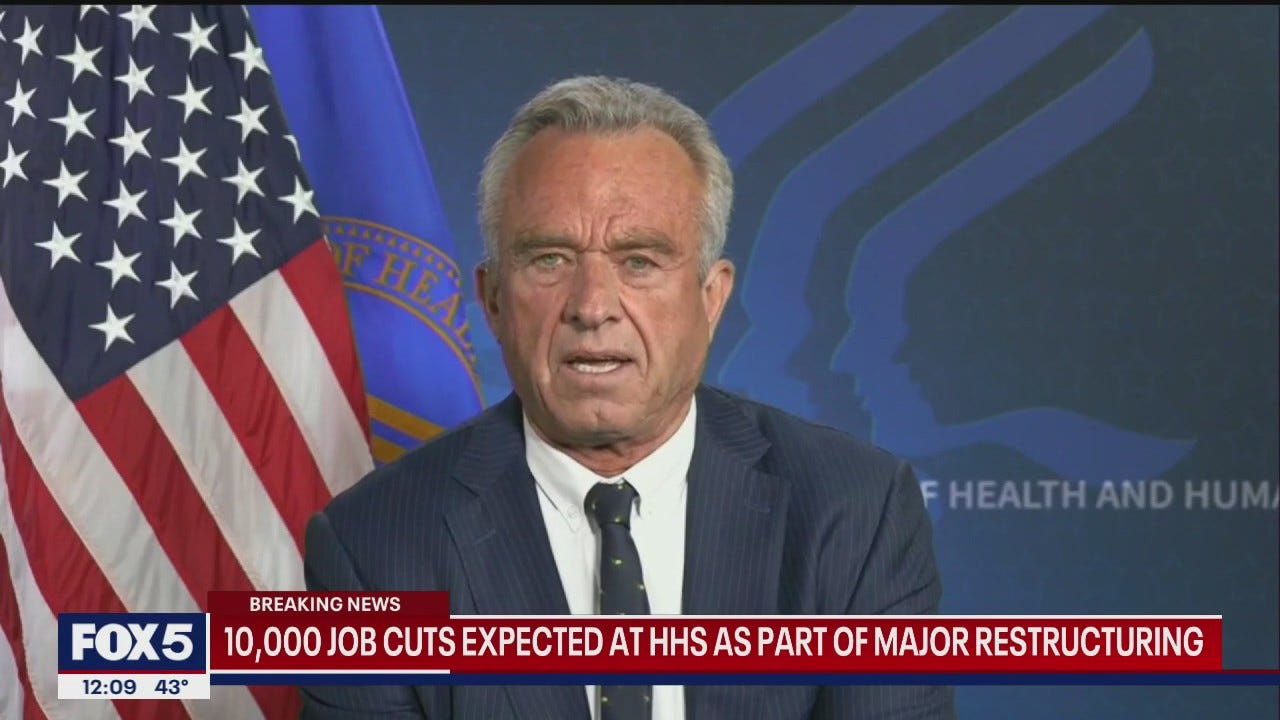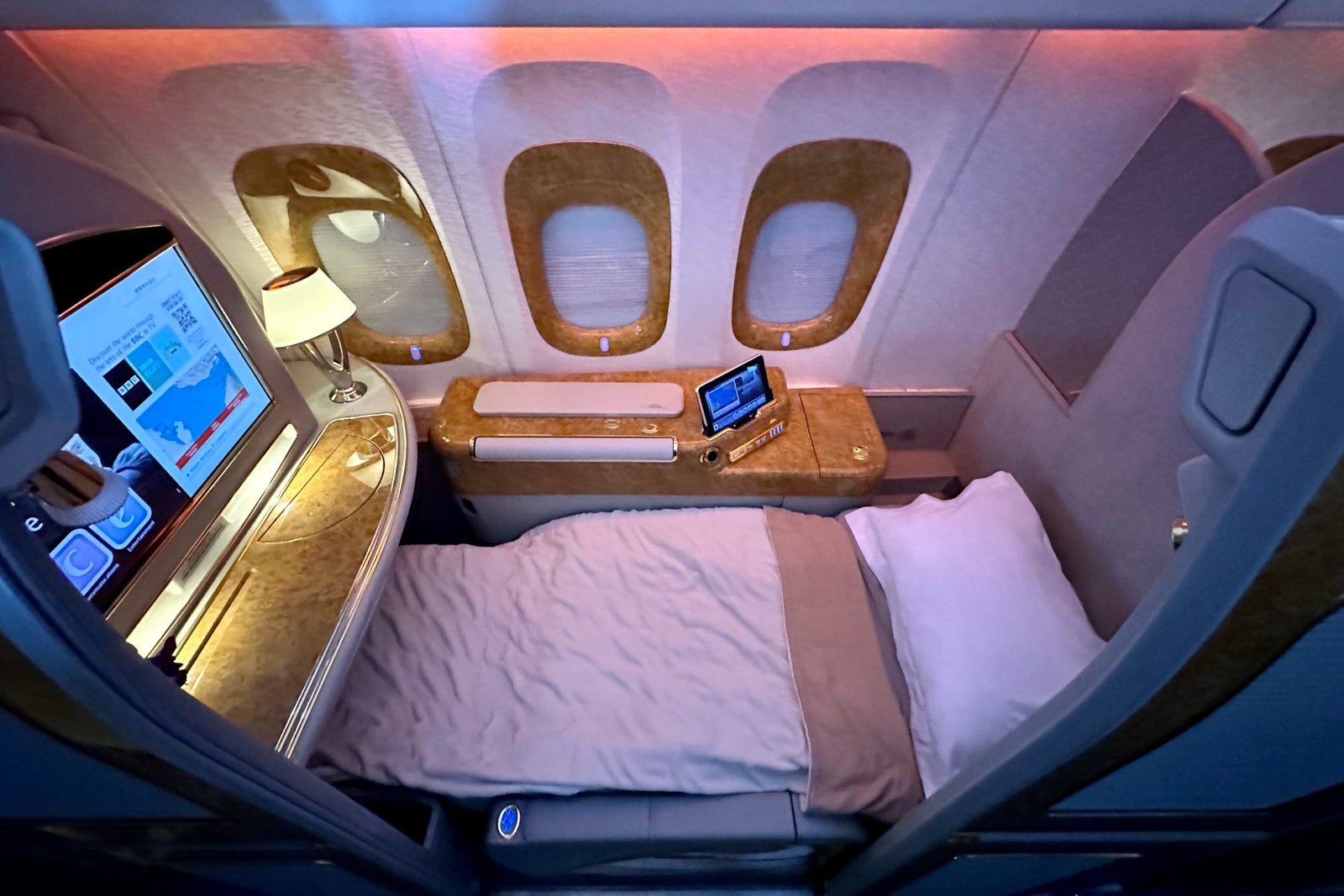Cdc Cruise Inspectors Stretched Thin As Layoffs Hit Outbreak Watchdogs

- The CDC's Vessel Sanitation Program (VSP), which inspects cruise ships, has been impacted by recent staffing cuts at the Department of Health and Human Services.
- While ship inspections will continue, the cuts primarily affected support staff, potentially hindering logistics and outbreak response.
- The cruise industry maintains it is adhering to VSP guidelines, which are a condition of membership in its leading trade organization, CLIA.
While the Centers for Disease Control and Prevention said cruise ship inspections will continue amid government layoffs, an official said the task will be more challenging for remaining workers. The agency’s Vessel Sanitation Program (VSP) was among the initiatives impacted by recent staffing cuts at the Department of Health and Human Services.
“It really compromises everything and makes it difficult for them to travel globally and do those inspections in Europe or wherever it might be,” said Erik Svendsen, the Director of the Division of Environmental Health Science and Practice at the CDC’s National Center for Environmental Health.
On April 1, Svendsen was placed on administrative leave until early June, at which point he will be terminated. VSP is in his division.
The news comes after a recent string of gastrointestinal illness outbreaks. Twelve of those met the agency’s threshold for public notification so far this year. Most were caused by norovirus.
The CDC logged 18 gastrointestinal outbreaks on cruise ships in all of 2024 and 14 the year before.
A CDC spokesperson told USA TODAY last week that cruise ship inspections would continue amid the staffing cuts.
“This work has not stopped, as the VSP is primarily staffed by USPHS commissioned officers who were not subject to the reduction in force," the spokesperson said in an emailed statement.
However, according to Svendsen, support staff at the VSP were part of the force reduction. CBS News previously reported on the cuts.
While USPHS officers boarded the ships and handled in-person aspects of the inspection process, civilian employees were “helping to support that mission with all of the logistics (and) administration,” according to Svendsen. The leader of the outbreak response team was among the latter category, he added.
The CDC did not immediately respond to an additional request for comment.
Cruise Lines International Association (CLIA), the industry’s leading trade organization, said its members continue to follow guidelines set out by the VSP as a condition of their membership.
“Our current understanding from the CDC is that the Vessel Sanitation Program (VSP), which is voluntary and funded by the cruise industry, will continue to operate,” CLIA told USA TODAY in an emailed statement. “Additionally public reports have noted that the program is administered and staffed primarily by commissioned US Public Health officers, so we expect programmatic activities to continue in some capacity.”
HHS Secretary Robert F. Kennedy Jr. said earlier this month that some programs and personnel were mistakenly cut and would be reinstated. However, Svendsen said he hasn't received any updates on his role or VSP.
The program “helps the cruise industry prevent and control public health issues,” according to the CDC’s website. That includes inspecting ships’ dining rooms, galleys, potable water systems, swimming pools, whirlpools, child activity centers and more; investigating outbreaks of gastrointestinal illness; and reviewing ship designs.
“They're essentially a public health department for the cruise ship industry,” said Svendsen. While VSP inspects ships in U.S. ports, there are similar programs in other countries.
VSP inspects vessels twice a year. “If a ship sails outside of the United States for an extended period, it may not be inspected twice a year, but it will be inspected again when it returns to the United States,” the CDC’s website said.
According to the current fee schedule, the ships’ owners pay fees for inspections and reinspections, ranging from about $8,000 to nearly $65,000, depending on the vessel’s size. Cruise ship inspection reports are publicly accessible online.
Svendsen noted that the remaining officers working at VSP are “committed to the mission.”
“They’re public health soldiers, and they will find a way, even if they have to sacrifice and do extra work, they'll get it done,” he said.
Nathan Diller is a consumer travel reporter for USA TODAY based in Nashville. You can reach him at ndiller@usatoday.com.

